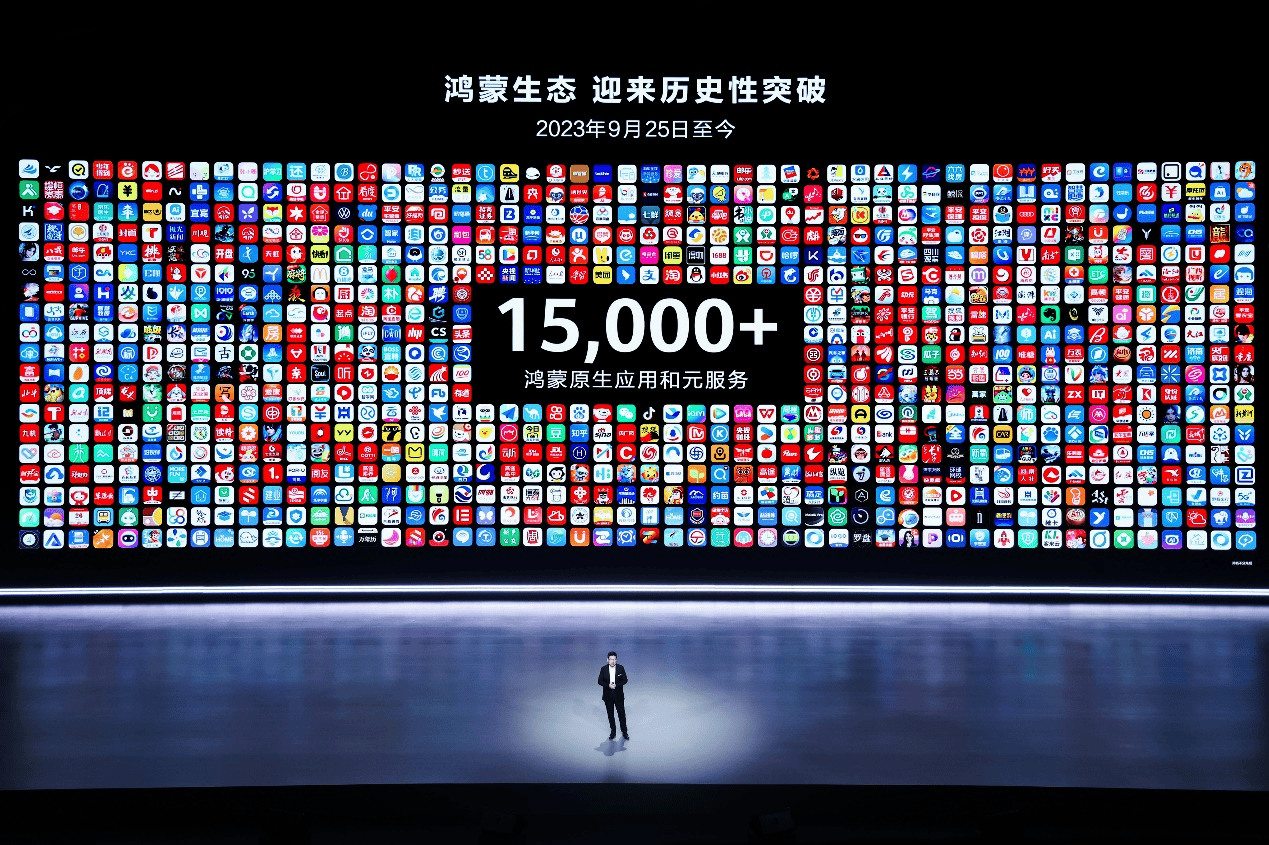Huawei's "Ecological War" of HarmonyOS Faces Tough Challenges: Software Compatibility and User Base Remain Issues
![]() 11/10 2024
11/10 2024
![]() 412
412
Recently, Huawei Technologies Co., Ltd. (hereinafter referred to as Huawei) officially released its native HarmonyOS NEXT (i.e., HarmonyOS 5.0), marking a significant step forward for Huawei in the operating system field. However, despite high expectations, the system still faces numerous challenges in software compatibility, developer ecosystem, and global market penetration.

As Huawei's brand-new mobile operating system, HarmonyOS NEXT abandons the compatibility with Android apps in previous versions, pursuing a fully self-developed "pure-blooded" identity. While this transition demonstrates Huawei's commitment to technological innovation, it also poses unprecedented challenges in software compatibility.
Due to HarmonyOS's adoption of a new technical framework and programming language, ArkTS, existing Android and iOS apps need to be rewritten to be compatible with the system. For apps with complex business logic or deeply integrated Android/iOS features, this is a monumental and challenging task. Some apps, such as WeChat, have already developed HarmonyOS native versions but encountered various technical issues during public testing, including data recovery page lags, automatic phone lock, and signal abnormalities. These issues not only impact user experience but also exacerbate developers' cautious stance towards HarmonyOS.
Apart from software compatibility issues, HarmonyOS also has notable shortcomings in its developer ecosystem. Compared to Android and iOS, HarmonyOS has a relatively small number of developers and apps. Although Huawei has introduced several measures to attract developers, such as cash incentives, building a comprehensive developer ecosystem remains a daunting task in the short term.
Furthermore, due to HarmonyOS's relatively small market share, many developers are cautious about investing resources in developing native HarmonyOS apps. They fear that even if they create excellent apps, insufficient user numbers may prevent them from generating sufficient revenue. This concern limits HarmonyOS's appeal among developers to some extent.
In terms of market share, while HarmonyOS has achieved certain success in the domestic market, it lags far behind Android and iOS globally. Data shows that in the first quarter of this year, HarmonyOS's market share in China increased to 17%, but its global share only surpassed 4%. This figure is insignificant compared to Android and iOS.
In terms of device numbers, HarmonyOS also lags significantly behind Android and iOS. Although Huawei claims that its HarmonyOS ecosystem has surpassed 1 billion devices, this is still a huge gap compared to Android's over 4 billion and Apple's over 2.2 billion devices. Especially in the crucial smartphone segment, Huawei's market share remains low, and it fails to rank among the top five globally in terms of shipments.
In summary, Huawei's "pure-blooded HarmonyOS" faces numerous challenges in software compatibility, developer ecosystem, and global market penetration. To make breakthroughs in these areas, Huawei needs to invest more effort and resources. It will also take time to gradually build a comprehensive ecosystem. During this process, Huawei must maintain patience and determination, continuously iterating and optimizing its products and technologies to win the trust and support of more users and developers. However, faced with strong competition from Android and iOS, the future path of Huawei's "pure-blooded HarmonyOS" remains uncertain and challenging.






